Observers from any Magellan institution – or from the US community via NOIRLab’s MSIP allocation – may propose to use LLAMAS from semester 2025B forward. The instrument team is providing remote “on call” support over zoom for the majority of nights during 2025B. This means that the team will log on remotely, power up the instrument, and assist with calibrations and the start of observing for the first night of your run. For subsequent nights, your on-call MIT team member will remain in contact by cell phone during night observing hours but will not be logged onto zoom continuously if operations are proceeding smoothly (LLAMAS is scheduled for 45 nights in 2025B).
Information about the instrument for proposers
Basic parameters of the as-built instrument (wavelengths, spectral resolution, dichroic crossover points, etc) are listed at the Specifications page.
Exposure Time Calculator
The instrument team has released a preliminary exposure time calculator to estimate signal-to-noise ratios for observations of unresolved sources. Guidance on how to modify the code to deal with resolved sources is provided in a jupyter notebook supplied with the distribution.
The ETC can be downloaded by cloning the github repository found here. The team makes no warranty as to its accuracy prior to commissioning, and observers are cautioned to plan conservatively, and include some margin on exposure time estimates until the on-sky throughput is measured.
IFU Layout
The following diagrams describing the IFU’s layout may be helpful for planning purposes.
The first image shows the mapping configuration of the LLAMAS Fiber Plug Plate as projected on the sky. The instrument may be operated as a single array with all fibers, or as a 50% subarray where only the blue fibers or the red fibers are illuminated, and the others are covered by a mask in the IFU focal plane. In this occulted mode, the inter-fiber spacing is doubled at the slit for enhanced control of systematics (i.e. cross-talk between fibers, and scattered light modeling). The red fibers illuminate odd-indexed fibers at each slit, and blue fibers illuminate even-indexed fibers. The light and dark horizontal stripes indicate the boundary between LLAMAS eight individual spectrographs, which are mounted in pairs on opposite sides of each optical bench (1+2), (3+4), (5+6) and (7+8). The inscribed circle indicates a radius of 100 pkpc at z = 2.0. Note that this figure is not exactly to scale in terms of arcseconds per fiber – the layout is shown for illustrative purposes only.

Based on this figure, one can see that it may not be optimal to place targets on the absolute center of the IFU, as light from objects located there is split between spectrographs 4 and 5, and also between the odd and even sides of those spectrographs, and will be near the slit edge where fiber image quality is slightly lower. The data reduction pipeline will easily be able to reconstruct this properly, but if observers want for whatever reason to keep light from their object near the middle of a slit and in a single spectrograph, it may be advantageous to offset by 2-3″ in RA and DEC.
If one is observing large / resolved objects and is concerned about placement of blank fibers for sky subtraction, it may be useful to center the target on either the left (red) or right (blue) side of the array, rather than the middle of the IFU. In this configuration, the “sky” reference will be on the other half of the IFU, but at the slit one will have alternating “sky-object-sky-object…” fibers.
This second figure illustrates more specifically how the fibers are mapped onto slit indices. To see the mapping, one must zoom in closely to see each fiber index. This particular figure shows the mapping for Spectrograph 1.

